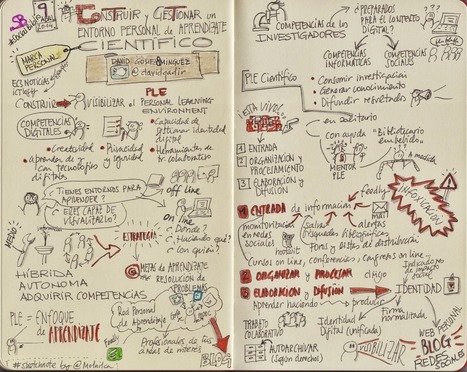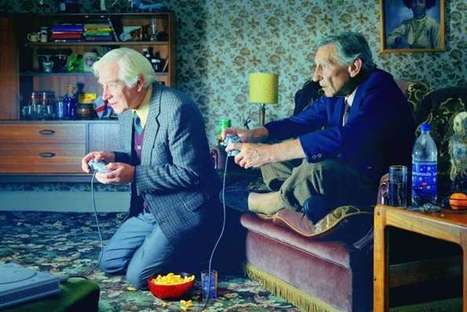Successful content marketing engages over time. Engagement needs online community and a role shift from content creators to community curators and GAME creators.
How can you Gamify YOUR Content Marketing?
* Ask questions.
* Curate response.
* Create "winnable" competitions.
* Feature, Feature, Feature.
* Curator & Creator = YOUR ROLES.
Learn to think like a video game creator. Content marketing too is a collaborative world WE (you + customers) create.
Via Martin (Marty) Smith



 Your new post is loading...
Your new post is loading...



















add your insight...